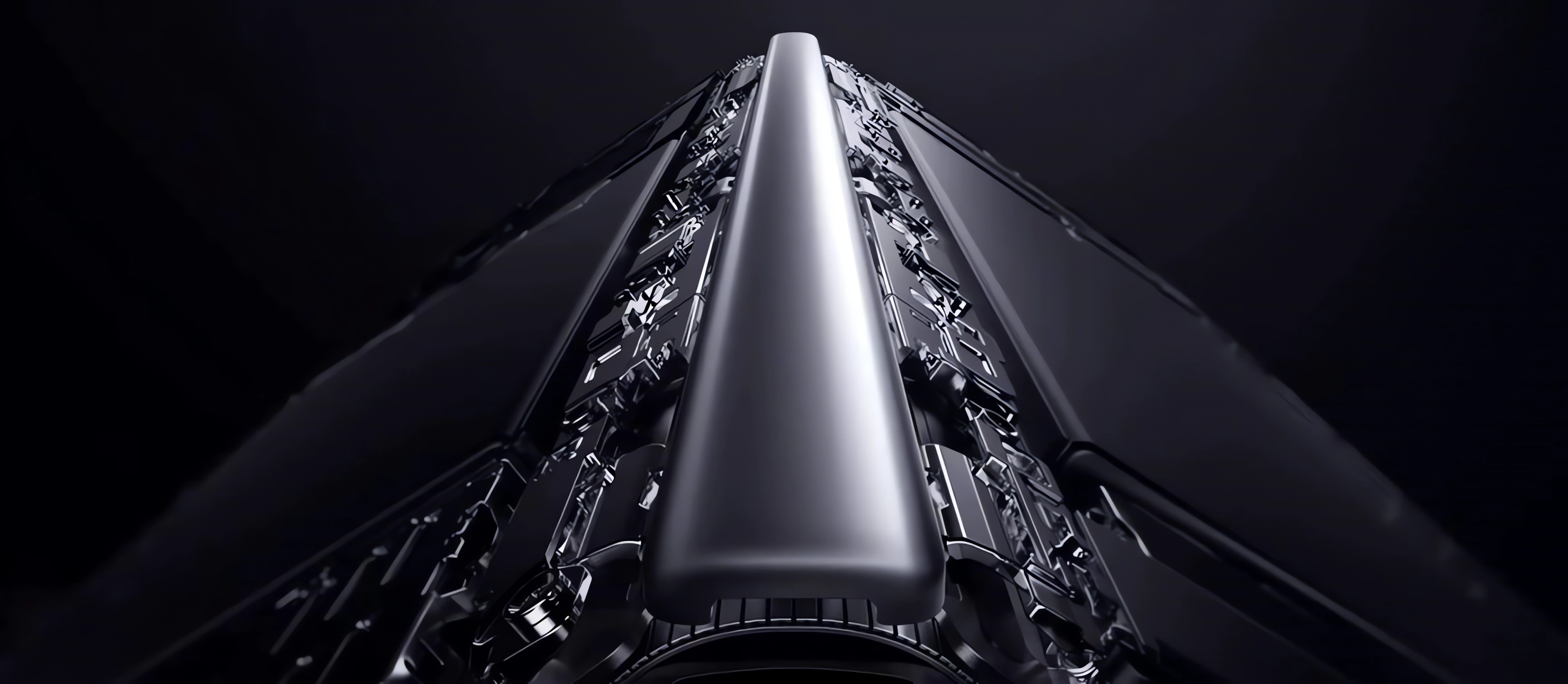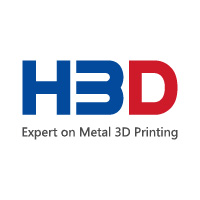Pioneering Advanced Manufacturing in High Volume: 3C Products Embrace Aerospace-Grade Titanium Alloy 3D Printing Technology
On July 12th, HONOR made a groundbreaking announcement at the HONOR Magic V2 and Full-scenario New Product Launch Event, introducing the HONOR Magic V2 as the first-ever 3C product to utilize cross-border aerospace processes and incorporate titanium 3D printing.
HONOR Magic V2, the new generation foldable screen smartphone, boasts a remarkable achievement in its design. Equipped with a 91% metal structure hinge, the device features a self-developed shielded strength steel upgrade. However, the true innovation lies in the adoption of aerospace-grade titanium alloy 3D printing technology. This groundbreaking use of titanium 3D printing allows the hinge to support an astonishing 400,000 folds.

The Luban Titanium Alloy Hinge, which was independently developed by HONOR, with several Chinese additive manufacturing companies, including HBD, also participating in the process. It is a key element of the HONOR Magic V2, plays a crucial role in achieving a remarkable thickness breakthrough of 9.90mm. By leveraging the advantages of titanium alloy technology, the axle cover within the hinge becomes lighter and thinner, resulting in reduced overall thickness and weight of the folding screen.
While electronic products typically rely on stainless steel or aluminum alloy for their metal structural components, these materials have their limitations. Stainless steel offers good gloss but lacks a weight advantage, while aluminum alloy is lightweight but compromises on hardness. Titanium alloy, on the other hand, strikes the perfect balance, offering superior strength while weighing only half as much as stainless steel of the same volume. Despite its benefits, the higher production costs and traditional processing difficulties have limited its use in the 3C industry. However, the emergence of metal 3D printing technology has addressed these challenges, making titanium alloy materials more accessible. This breakthrough has already seen widespread adoption in aerospace, medical, and other fields. Its application in the 3C industry, exemplified by the HONOR Magic V2, signifies a significant step forward.

The integration of metal 3D printing technology in the HONOR Magic V2 not only capitalizes on the inherent benefits of titanium alloy, such as lightweight and increased strength, but also enables further weight reduction and improved product integration through optimized lightweight, integrated, and thin-walled structural designs.
The significance of this achievement extends beyond the HONOR Magic V2. Reports have surfaced indicating that the next generation Apple Watch Ultra will also incorporate titanium 3D printing, partially replacing traditional CNC milling technology. This transition highlights the industry’s recognition of the immense potential offered by 3D metal printing in terms of enhanced product design and functionality. The growing trend of integrating 3D metal printing in various 3C products emphasizes its increasing importance in the consumer electronics industry.

0.025mm and a wall thickness of 0.2mm, HBD ensures that its products meet the lightweight, integration, and fine structural requirements of 3C product metal parts. With a steadfast commitment to excellence and craftsmanship, HBD focuses on the development of metal 3D printing equipment and processes, driving the advancement of 3C electronic consumer products and promoting the mass production application of metal 3D printing technology in the consumer electronics field.

 English
English  Français
Français

